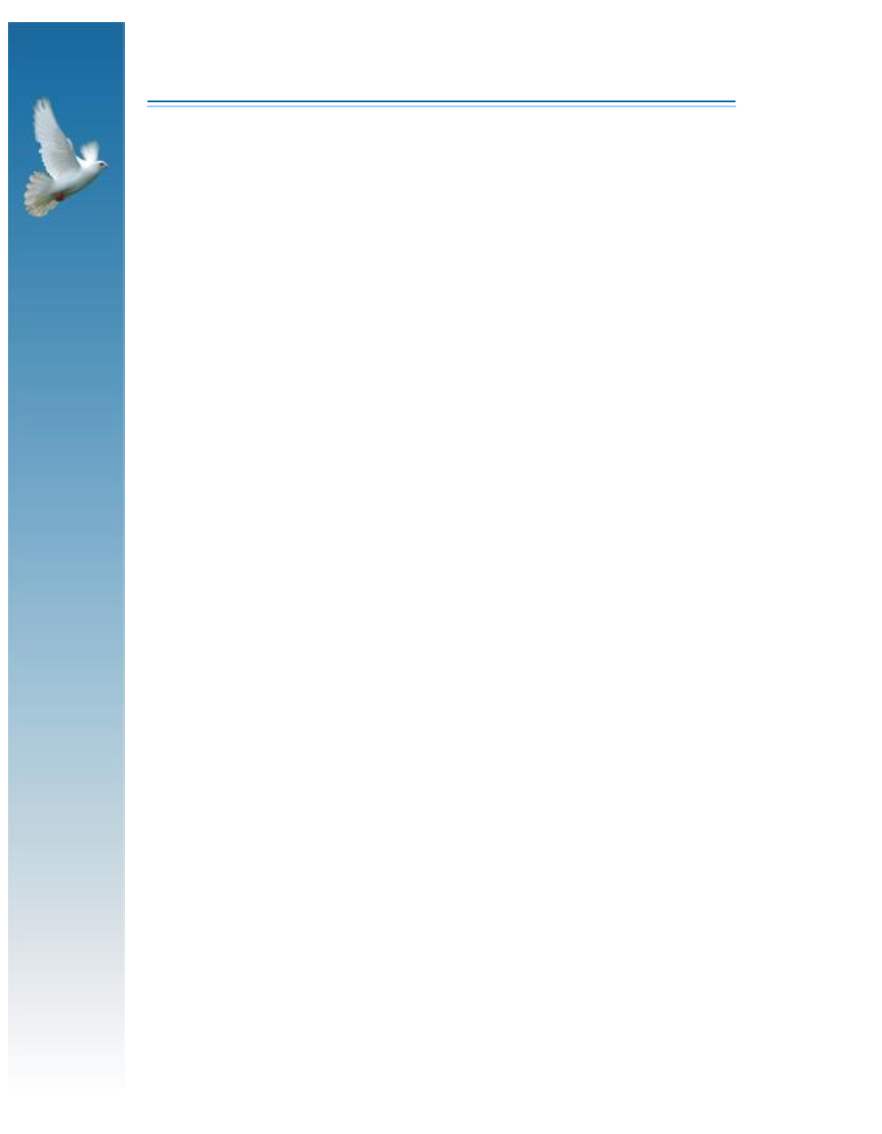
Woman Between Islam and Western Society
10. Hijab in Islam
~ 467 ~
Dahhak, Ibrahim Nakh’i, etc. They infer from the
phrase ‘such as are normally displayed’ the
exemption of face and hands.
This interpretation is based on the tradition
recorded by Abu Dawud in his
Sunan:
‘Aishah says
that once Asma bint Abu Bakr came wearing a thin
garment. The Prophet turned his face away from
her and said: “Asma, it is not proper for a woman
after having reached puberty to expose any part of
her body except these.” Then he pointed to his
hands and face.
21
That is why there are two theological schools of
thought. The Hanafis and Malikis believe that the
face and hands are not to be covered, while the
followers of Imam Shafi’i and Hanbali maintain that
a woman has to be fully veiled. In this view, natural
as well as acquired beauty have to be completely
veiled. It is unlawful for a woman to unveil any
part of her body when she goes out. To them, what
is exempted is that which gets exposed
unintentionally. They will be excused for that. Thus
the face and the hands are the parts that are
forbidden to be exposed unnecessarily.
22


